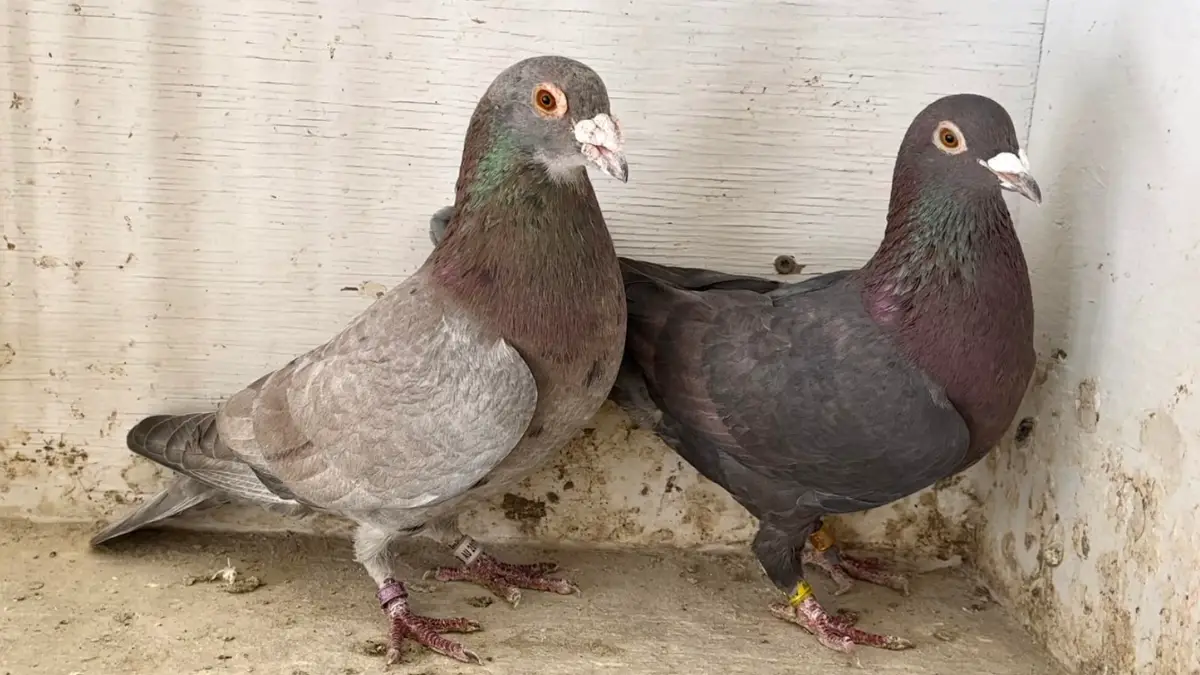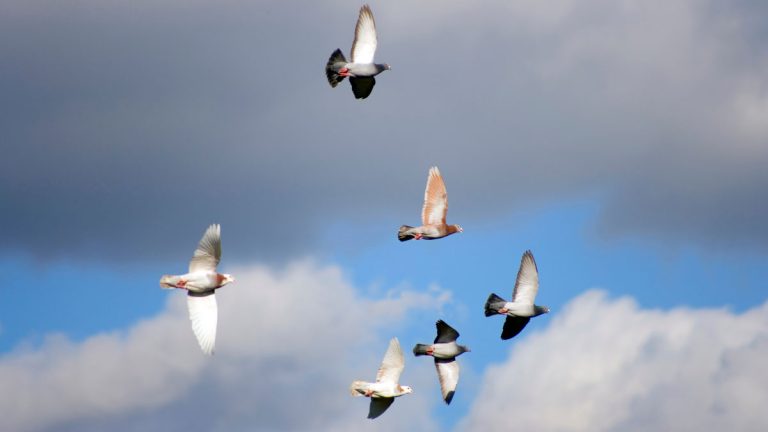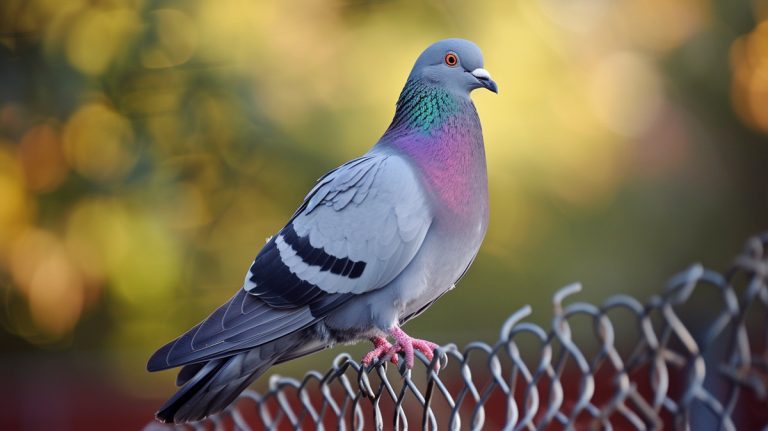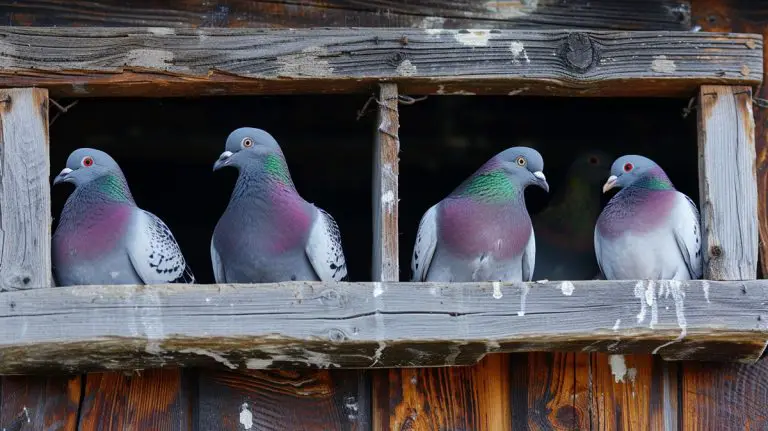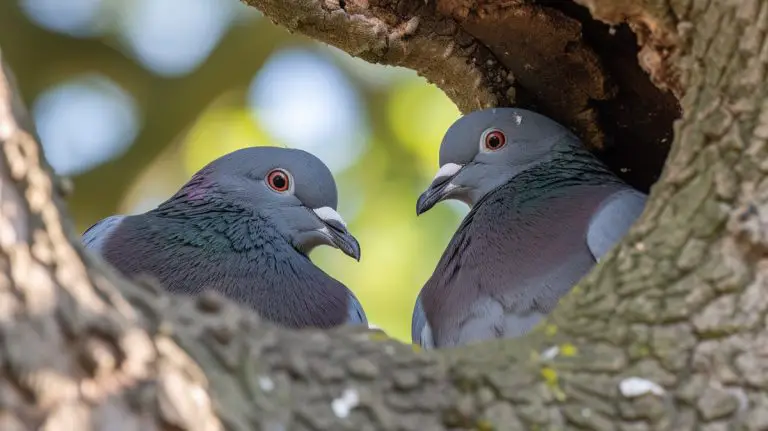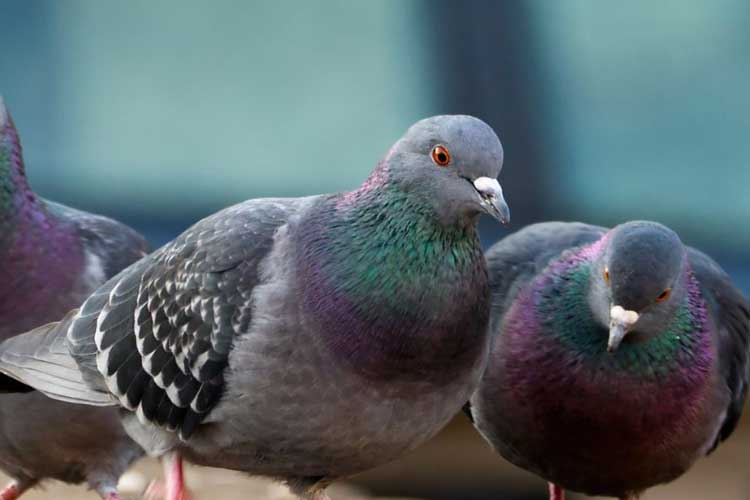The Fascinating World of Pigeon Genetics and Color Variations
Ever wondered why different types of pigeons look so different?
I mean, some pigeons have feathers on their feet and some don’t, some pigeons have red eyes and some have green and this list can go on and on. But the point is – their diversity knows no bounds. But why?
Well, it’s because of their genetic diversity. That’s why understanding pigeon genetics is crucial for bird enthusiasts and bird breeders.
As a bird enthusiast, or just someone curious about bird breeding, you must know about the fascinating world of pigeon genetics and color variations.
So, let’s dive a bit deeper into this exciting topic right away!
Pigeon Genetics 101: Things You Must Know
Genetics is like a blueprint that tells your body how to grow and what traits you will have, like what color your eyes will be or how tall you will be. Pigeons also have genetics that dictates how they will look and their traits.
Now, genetics works through something called genes. Genes are like tiny instructions inside the cells (in chromosomes) that tell the pigeon how to grow and what traits to have.
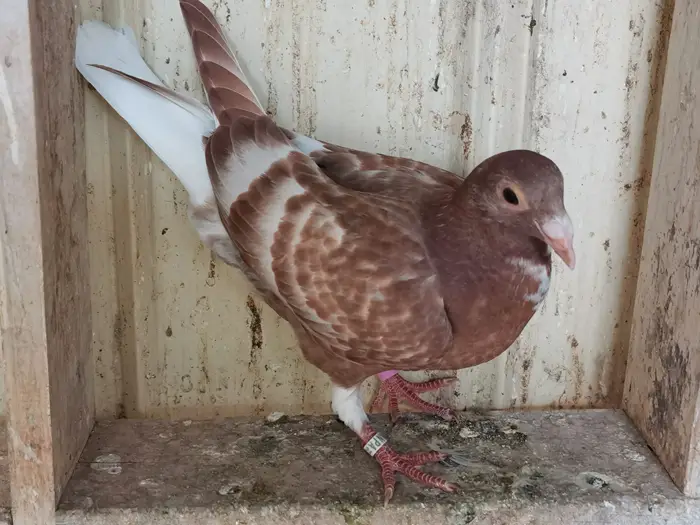
Pigeons have a lot of different genes that control different things, like the color of their feathers, the shape of their beaks, and even how fast they can fly.
But where do these genes come from? Well, they come from the pigeon’s parents! When a female pigeon and a male pigeon mate, they can make offspring that have a combination of their genes.
Specific genetic traits that impact pigeon breeding and color variations
Each gene in every pigeon has two copies; one comes from the mother and one from the father. This is called pigeon inheritance (“animal inheritance” in general).
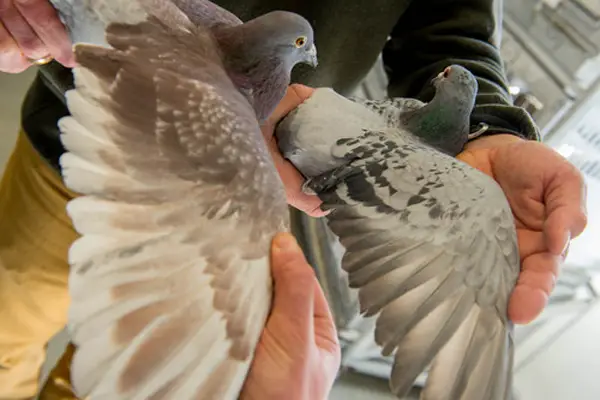
And when a gene has two different versions, one version is dominant over the other. So, one is said to be “dominant,” and the other is “recessive” (non-dominant). This is called genotypic variation.
Now, let’s talk about some of the specific pigeon genetic traits that are controlled by dominant genes in pigeons.
Feather color
Pigeons can have white, black, blue, or red feathers, among other colors. Different combinations of genes determine these pigeon color variations. This is known as phenotypic variation.
For example, a pigeon with a dominant gene for white feathers will have white feathers, even if it also carries genes for other colors.
Eye color
Pigeons can have eyes that are brown, red, orange, or even white. Eye color is also controlled by genes.
For example, if two pigeons have dominant genes for red eye color, most of their offspring will also have red eye color.
Finally, the body size is another trait that is controlled by genes in pigeons. Some pigeons are big and some are small, and this is determined by the genes they get from their parents.
Color Variations (In-depth Explanation)
Firstly, let’s start with the basics. Pigeons, like many other birds, have a wide range of colors that can be controlled by a combination of genetics and environmental factors.
Some of the most common colors found in pigeon breeding include white, black, blue, and red. These colors can be produced by many means:
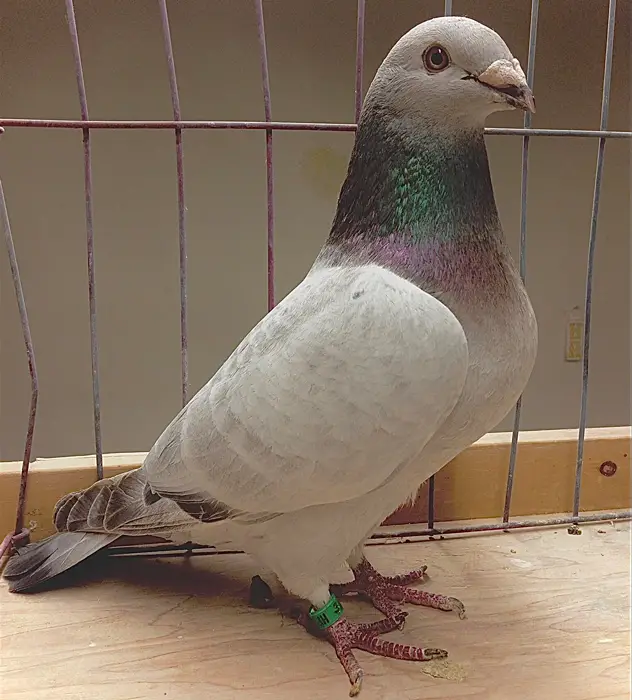
A) Genetic mutation
Genetic mutations in pigeons can develop a variety of color variations due to natural changes in their genetic makeup. This can happen autonomously, without human intervention.
For example, a mutation might cause a pigeon’s feathers to be a slightly different shade of blue or red than what is typically seen in their species.
Over time, these pigeon color mutations can accumulate and lead to new color variations that are not seen in the wild.

B) Selective breeding
Selective breeding is a process that involves intentionally breeding pigeons with desirable traits, such as certain color variations.
The importance of pigeon color genetics in pigeon breeding success cannot be overstated. Over generations, this can lead to a population of pigeons with a higher frequency of these desirable traits.
For example, suppose a breeder wants to create a pigeon with a particularly bright shade of red feathers. In that case, they might selectively breed individuals with the closest shade of red until they achieve their desired result.
Most important colors in pigeon breeding

In pigeon breeding, several specific colors are commonly sought after by breeders. These include various shades of white, black, blue, and red.
- White: There is a pure white coloration known as “albino,” and a slightly off-white color known as “ivory.” Breeders sometimes also aim for a more silvery or grayish shade of white known as “silver.”
- Black: While some black pigeons might have entirely black feathers, others might have black feathers with white or gray markings on their heads, wings, or tails. These variations are known as “black bars” or “checkers.”
- Blue: Some blue pigeons might have a light or sky-blue coloration, while others might have a darker or more grayish-blue coloration. Some blue pigeons might also have a pattern of white or black markings on their feathers.
- Red: Red pigeons might have a deep reddish-brown coloration or a more orangey-red coloration. This variation is particularly prized by breeders because it is so rare and unique.
The Significance of Pigeon Genetics and Color Variations
Pigeon genetics and color variations can impact the health and survival of pigeon populations and the larger ecosystem.

Genetic drift and selective breeding are two factors that can have a significant impact on pigeon populations and their bird genetics.
1. Genetic drift
It occurs when random events, such as natural disasters or human interference, alter the gene frequencies in a population.
This can lead to a loss of genetic diversity within a population, making it more vulnerable to disease, environmental changes, and other threats.
If genetic drift affects a population with unique color variations, it could result in the loss of those variations and the genetic diversity they represent.
2. Selective breeding
Selective breeding can lead to the development of new and unique color variations. But it can also result in negative consequences for the health and well-being of the pigeons.
For example, if a population of pigeons with a unique color variation becomes too dominant, it could disrupt the natural balance of their ecosystem and avian evolution in general.
Pigeon genetics and color variations can impact other species and the larger ecosystem
Let’s say a mutation occurs in a population of pigeons that causes some individuals to develop bright green feathers.
As the population of green-feathered pigeons grows, they might become more dominant over the other pigeons in the area. This could lead to a decrease in genetic diversity and an imbalance in the ecosystem.

In addition to the loss of diversity, some color variations make it more difficult for pigeons to blend in with their surroundings, making them more vulnerable to predators.
Let’s suppose some pigeons have developed a unique color variation with bright orange feathers.
However, the orange-feathered pigeons will stand out quite prominently in this particular environment against the concrete and asphalt surroundings.
As a result, predators such as hawks or cats might have an easier time spotting the orange-feathered pigeons and hunting them.
If you’re interested in learning more about the courtship behaviors of pigeons and their role in the urban ecosystem, you may find our articles on pigeon courtship and the role of pigeons in the urban ecosystem insightful. Our article on pigeon courtship delves into the fascinating behaviors and rituals that pigeons engage in during the mating process. Meanwhile, our article on the role of pigeons in the urban ecosystem explores how pigeons adapt to and contribute to urban environments. These articles provide valuable information about the courtship behaviors of pigeons and their ecological significance in urban areas.Final Words
Well, there you’ve it, people. Now that you’ve got a clear understanding of the fascinating world of pigeon genetics and color variations.
In conclusion, delving into the colorful world of pigeon genetics is a wonderful journey. But our discussion above is just the tip of the iceberg. There is so much more to learn about pigeon genetics and how it shapes avian reproduction, pigeon ecology and avian ecology in general.
We must continue researching to uncover new insights into this fascinating field and develop strategies to protect pigeon genetic diversity.
So, let’s take action! Let’s continue avian genetics research on pigeon genetics and color variations and share our findings with the world.
